Case Study: Bankstown Community Welfare Centre Drug Abuse Treatment
VerifiedAdded on 2023/01/17
|5
|721
|95
Case Study
AI Summary
This case study explores the treatment and monitoring of drug abuse, specifically focusing on amphetamine addiction in adolescents. The assignment outlines the responsibilities of a supervisor guiding a healthcare professional, Melinda, in treating patients at the Bankstown Community Welfare Centre. It emphasizes recognizing symptoms, implementing Cognitive Therapy, SMART Recovery, and Relapse Prevention Therapy. The study suggests both pharmacological and non-pharmacological treatments, highlighting the importance of monitoring progress through various instruments and regular evaluations. It provides steps for monitoring progress, including regular mental health evaluations and participation in recovery support services, referencing key literature on amphetamine-induced psychosis and treatment approaches. The study underscores the challenges in treating amphetamine addiction and the need for comprehensive care plans.
1 out of 5
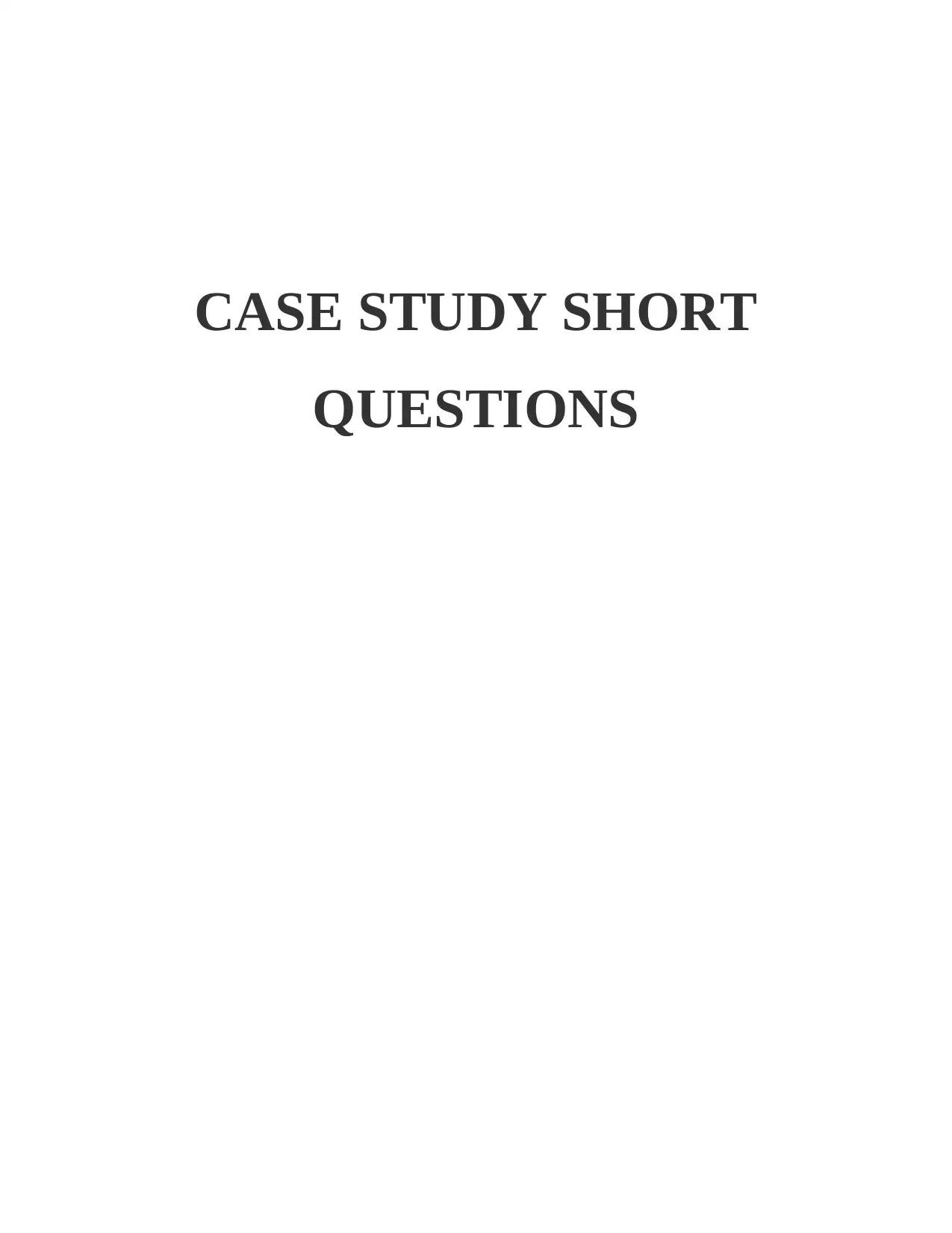
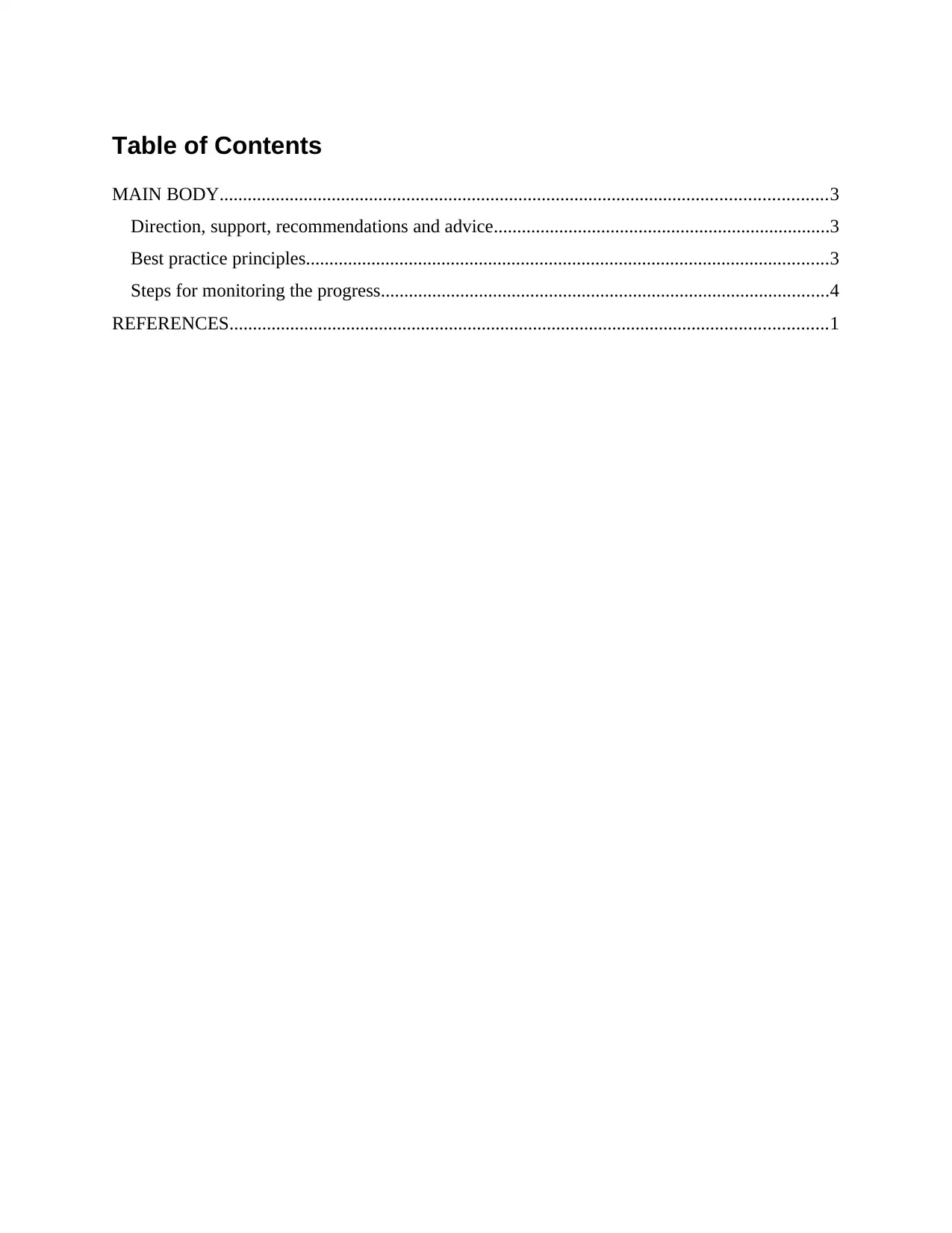
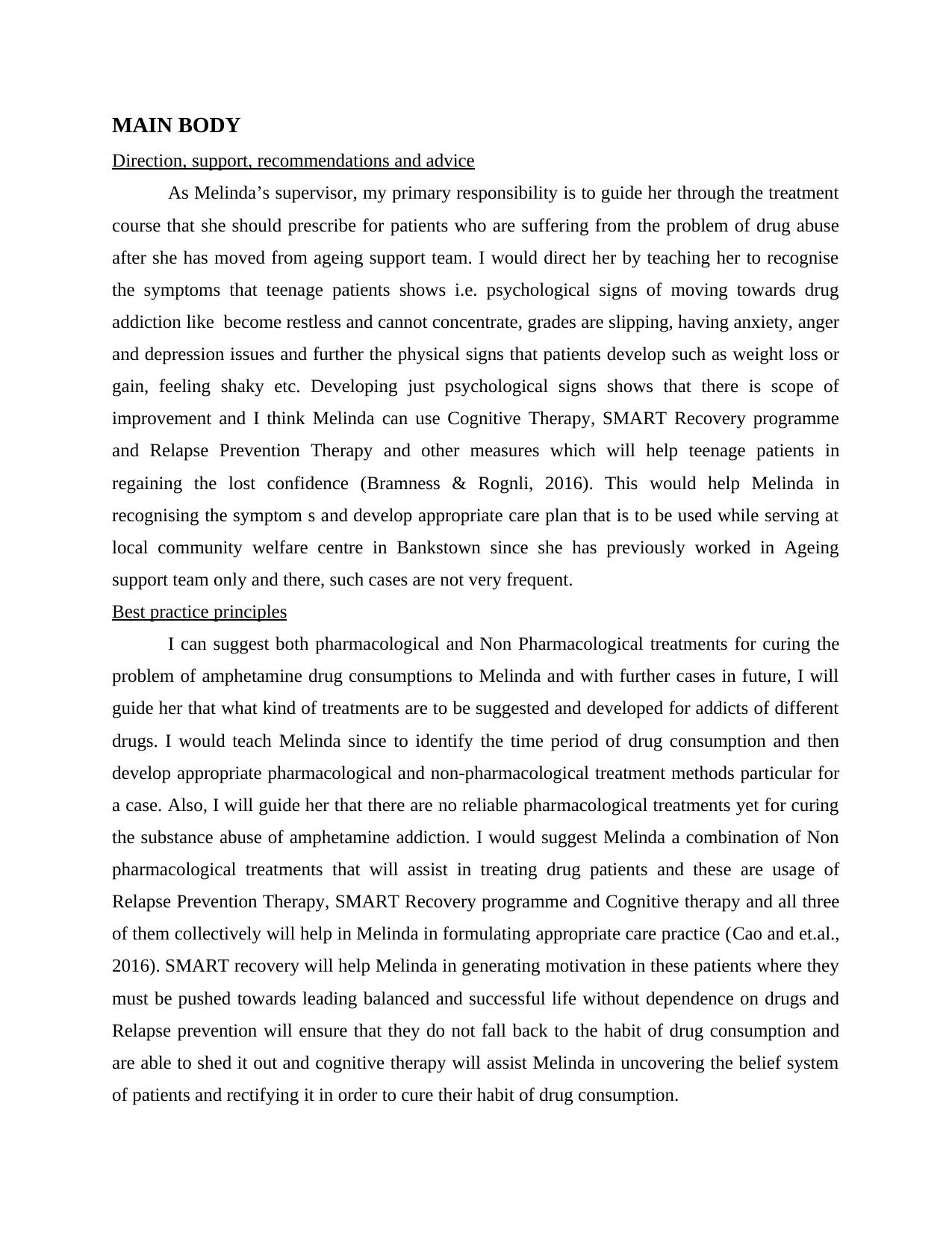

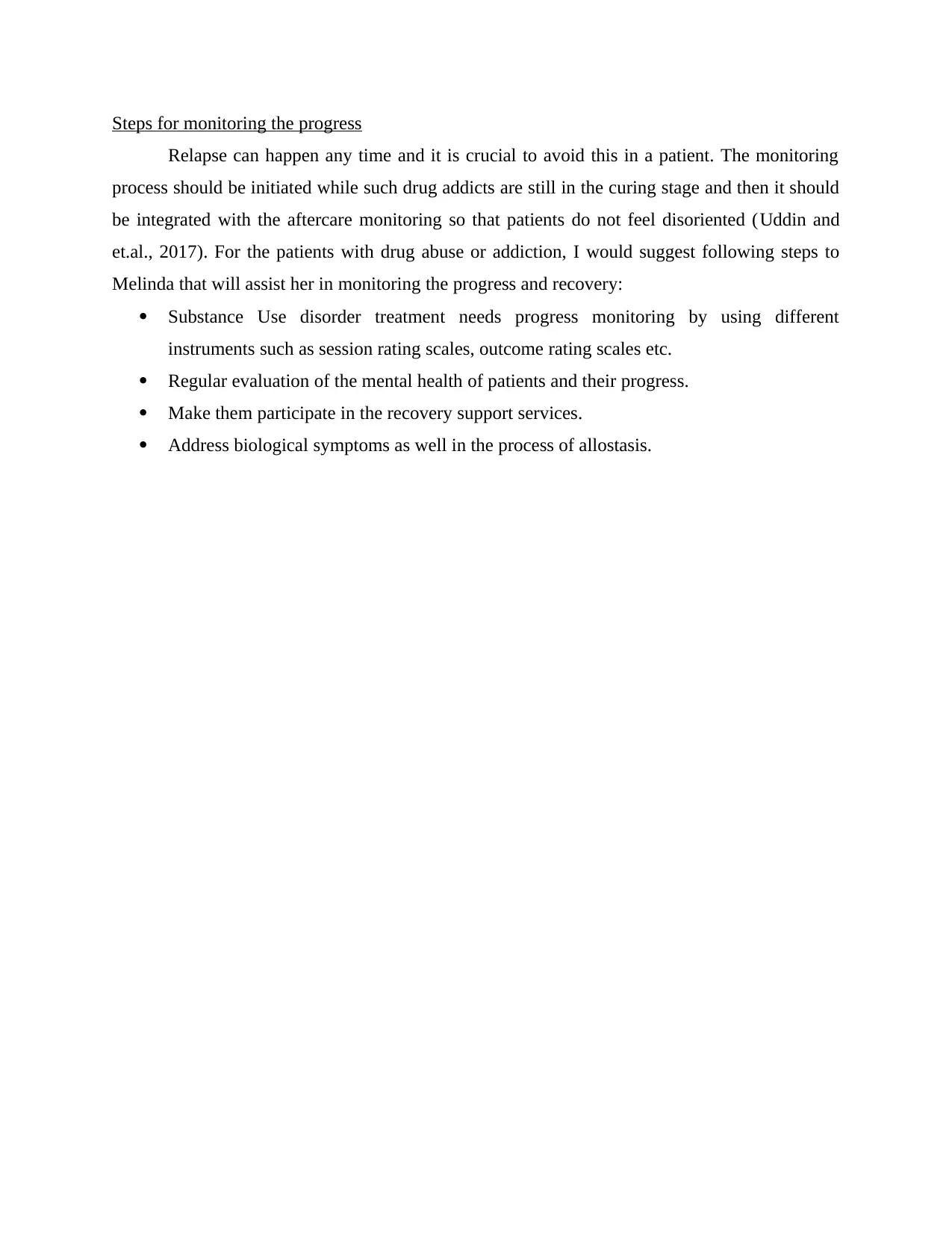
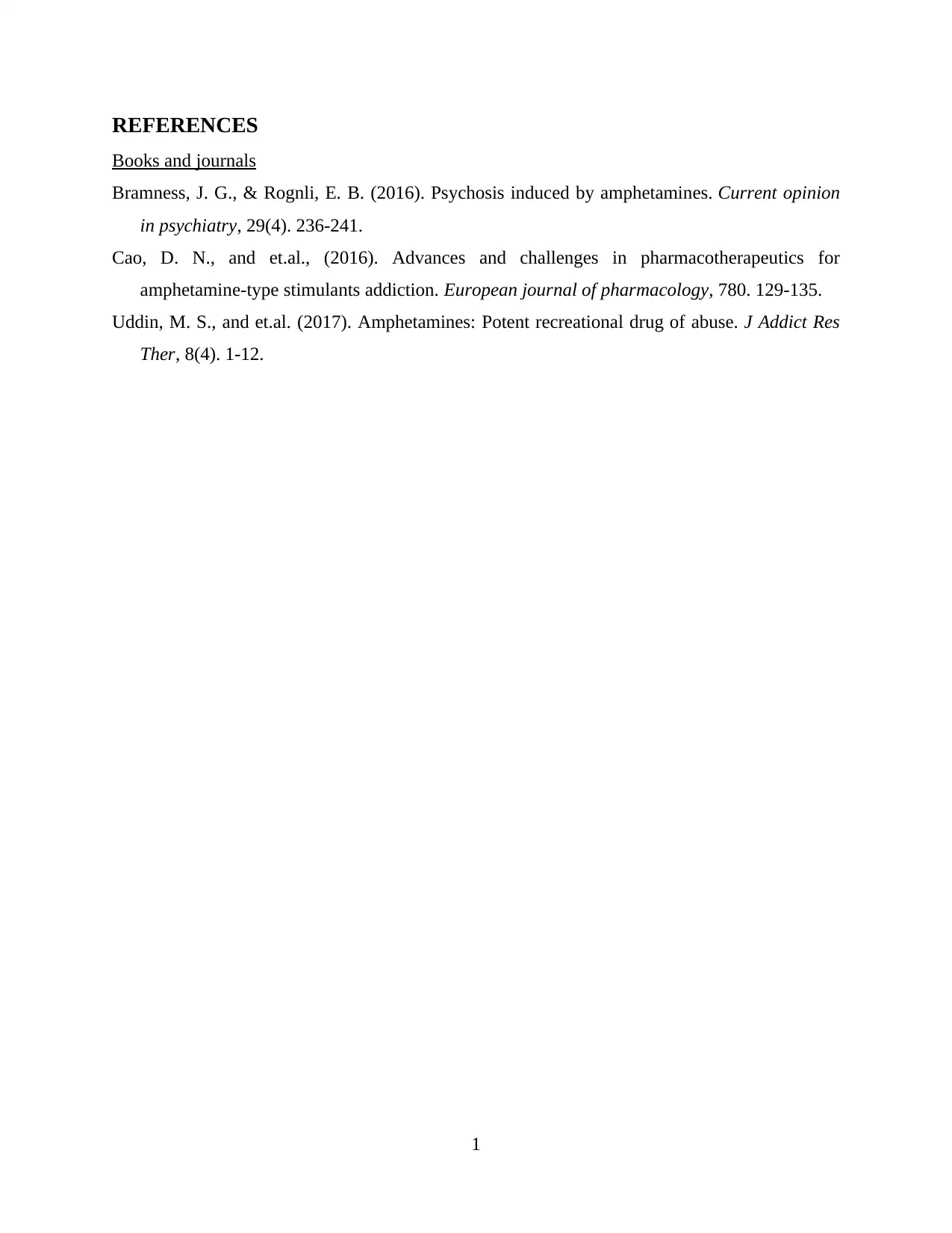






![[object Object]](/_next/static/media/star-bottom.7253800d.svg)